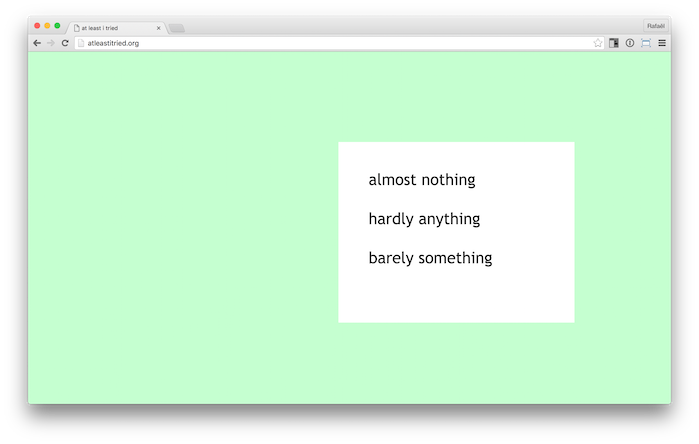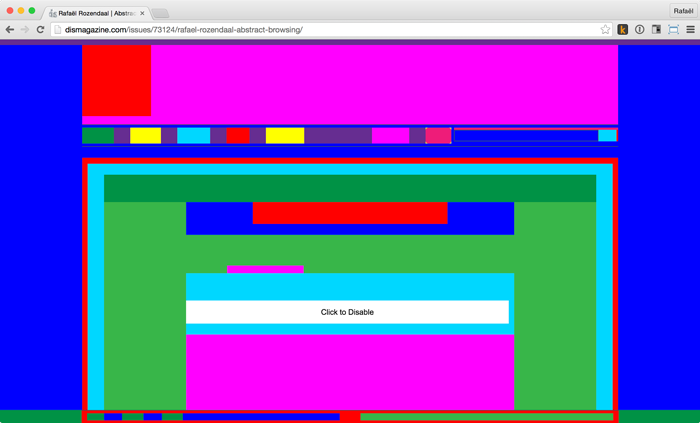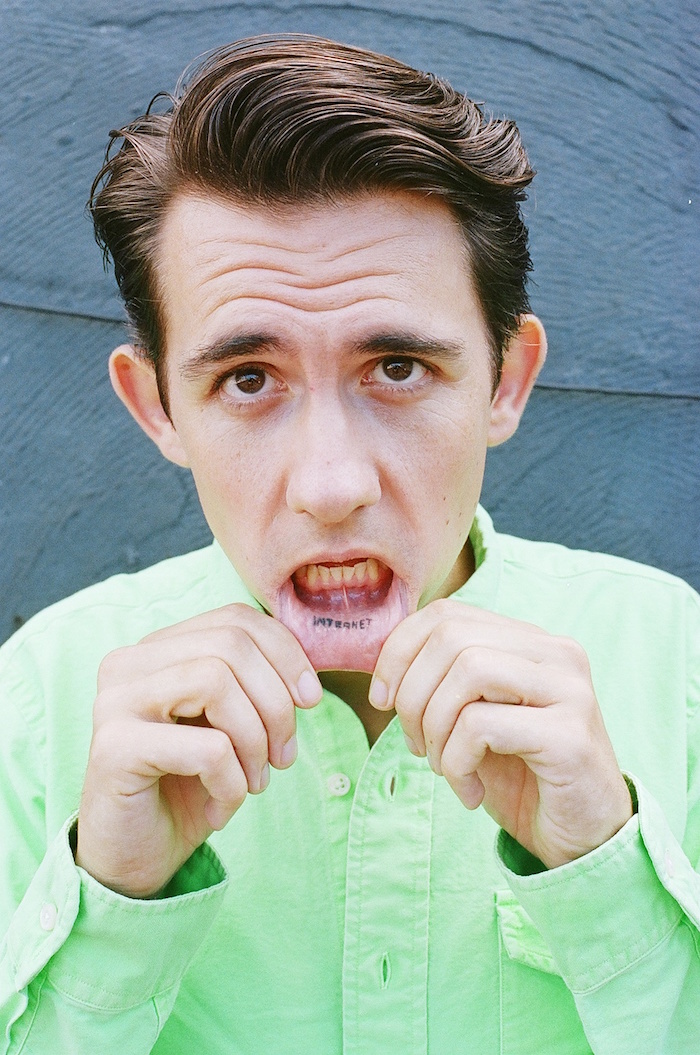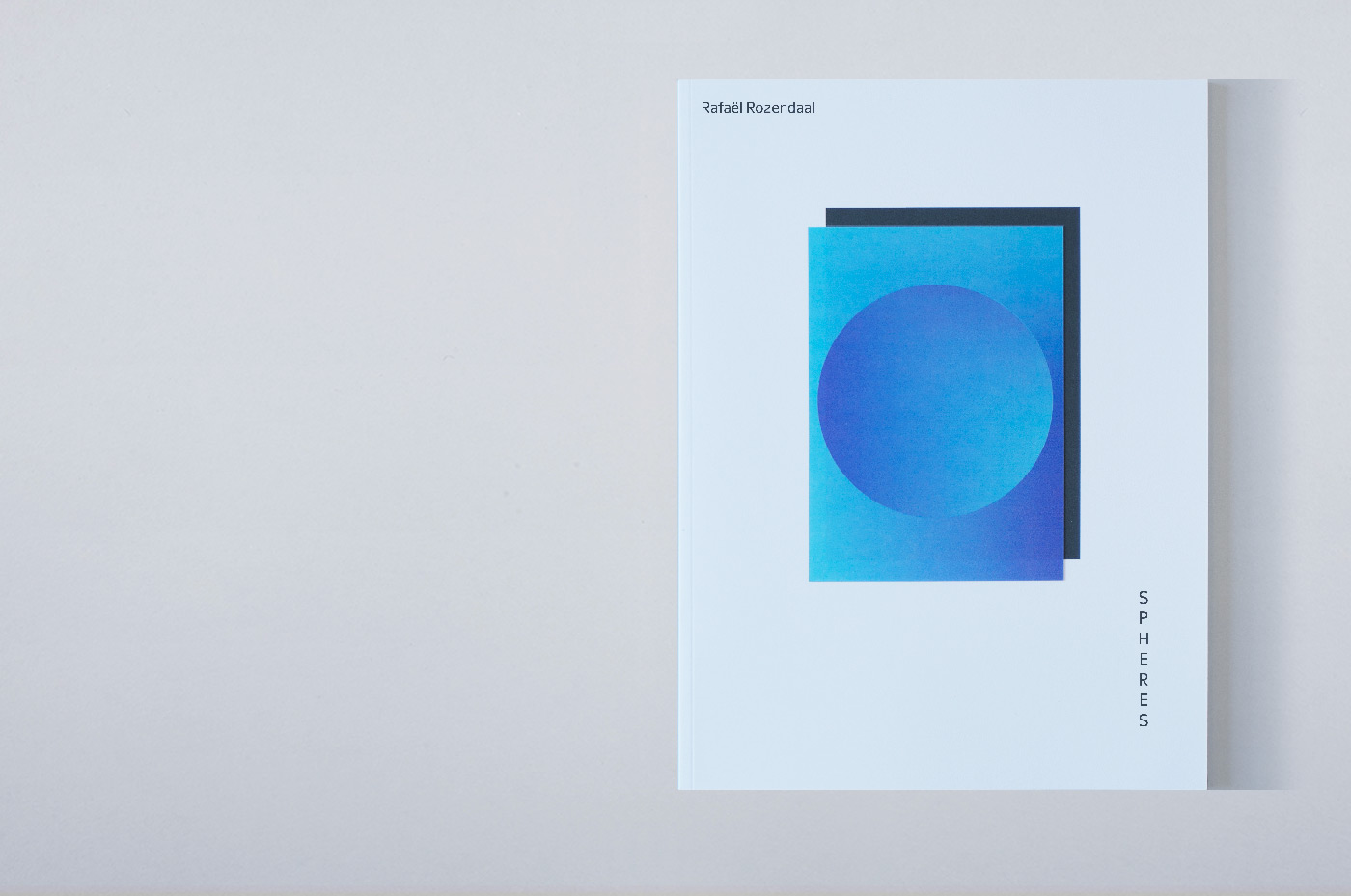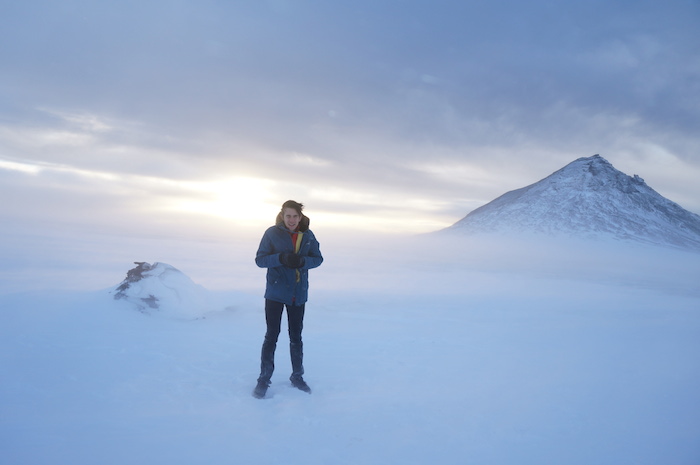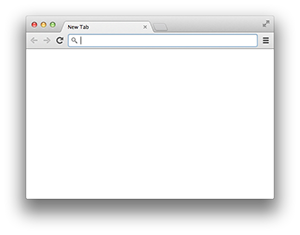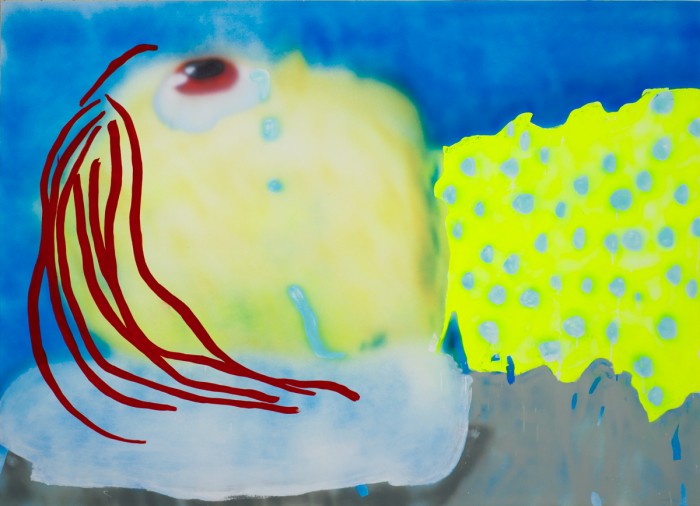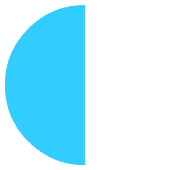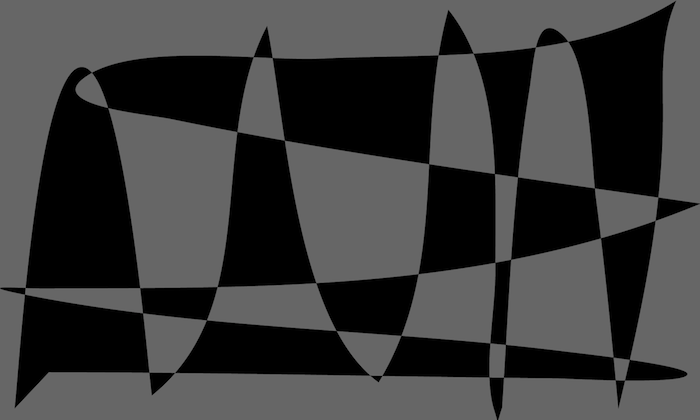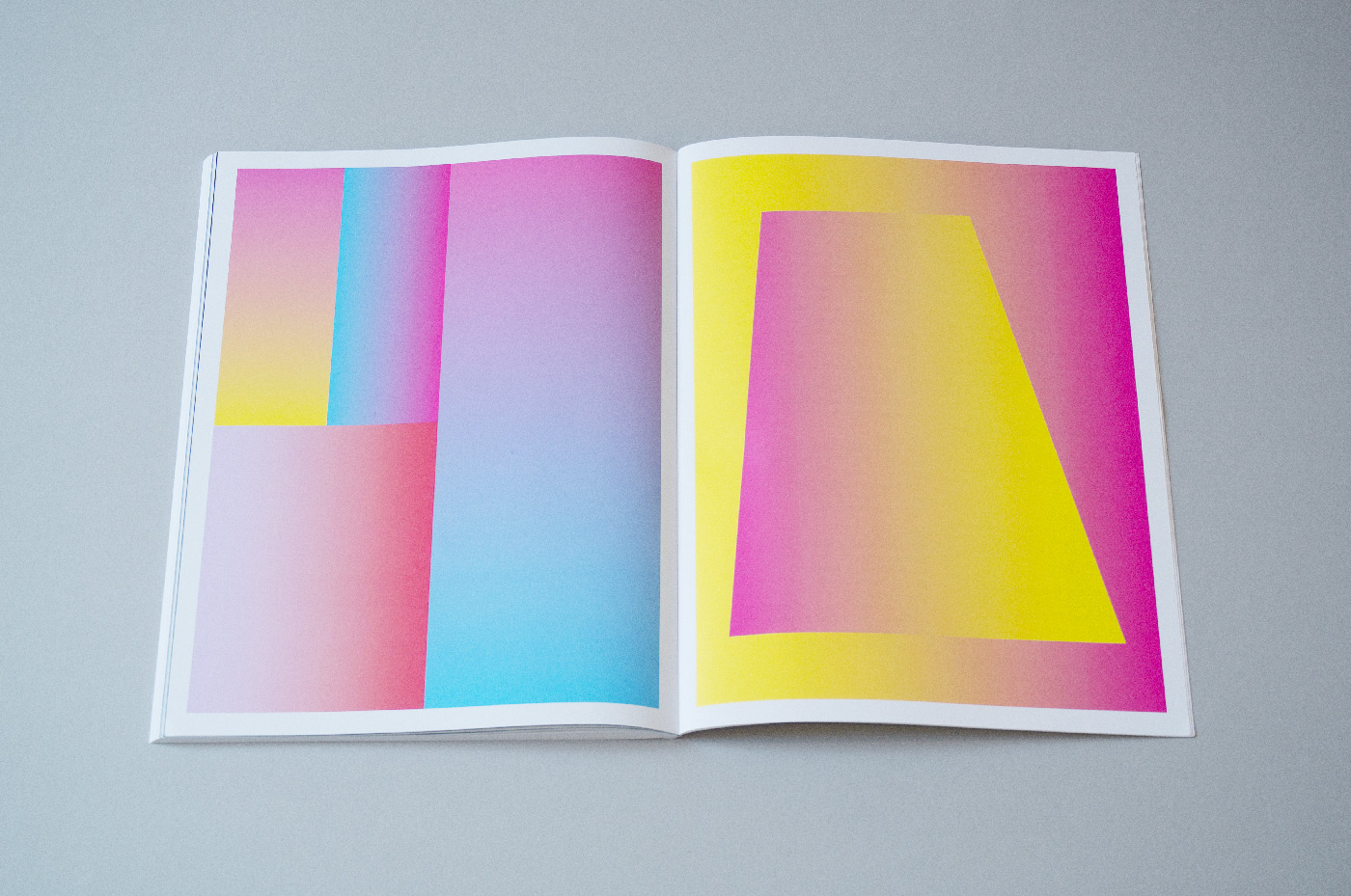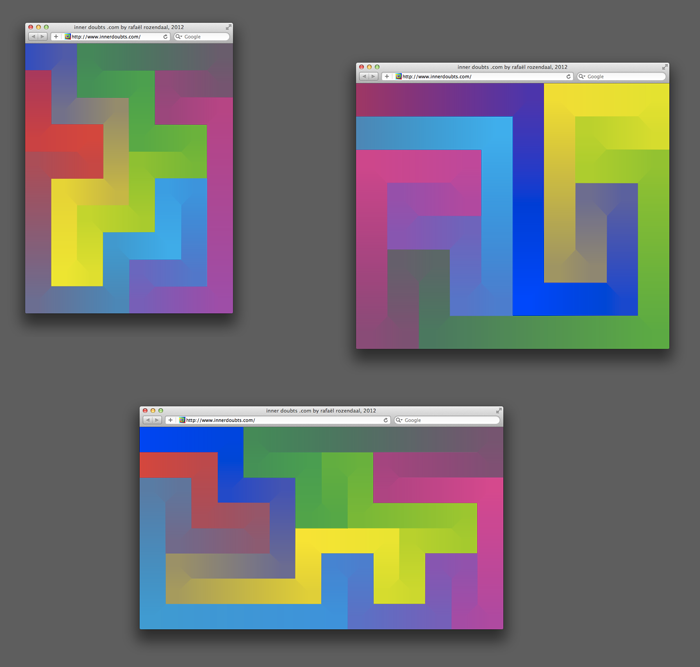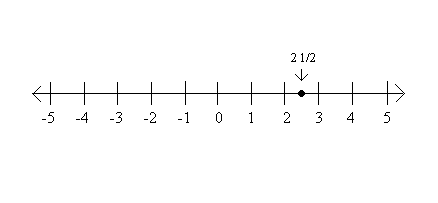Last night I watched this while high, and fuck this guy. Creating
shitty flash animations with abstract colors, and doing the the whole
“It’s an empty room.” artwork bullshit. Again, fuck this guy.
please stop and go get a job. you are annoying.
fuck this asshole
This guy can hardly explain his own ideas.
He’s honest.
Lazy art…
i want to do that
what a load of fucking shite
what the fuck. how does he make a living off that??
What a joke. My buddys toddler has more artistic talent. I sincerely
hope people dont support this pathetic excuse for an “artist”.
shitty haircut
solipsism
what a waste of both resources and time
I just took a shit. Is that art?
It is sad that this is considered “art”.
Completely useless
What a fucking idiot
this guy is cool. i like his stuff.
artsy fartsy unemployed-ey
These arty types all talk in riddles.
This guy has smoked himself retarded
Wtf
stunning
If this is your life…then YOUR LIFE IS SHIT!!!!
This comment is art.
its beautiful
I walk into public farting in peoples faces. It’s art!
cool story bro, tell it again
i think this is really cool.
If I was high I might enjoy his work, but unfortunately I am sober and
can say with a clear mind that this is complete bull shit
suck a bag of dicks
2deep4you…. but no seriously i agree.
so this faggot gets paid to make fart noise? FUCK THE WORLD
video tittle should be “how to make money by selling internet trolling”
This is so edgy.
Do you even art, bro?
Yes, in fact, I just arted in the bathroom 5 minutes ago.

